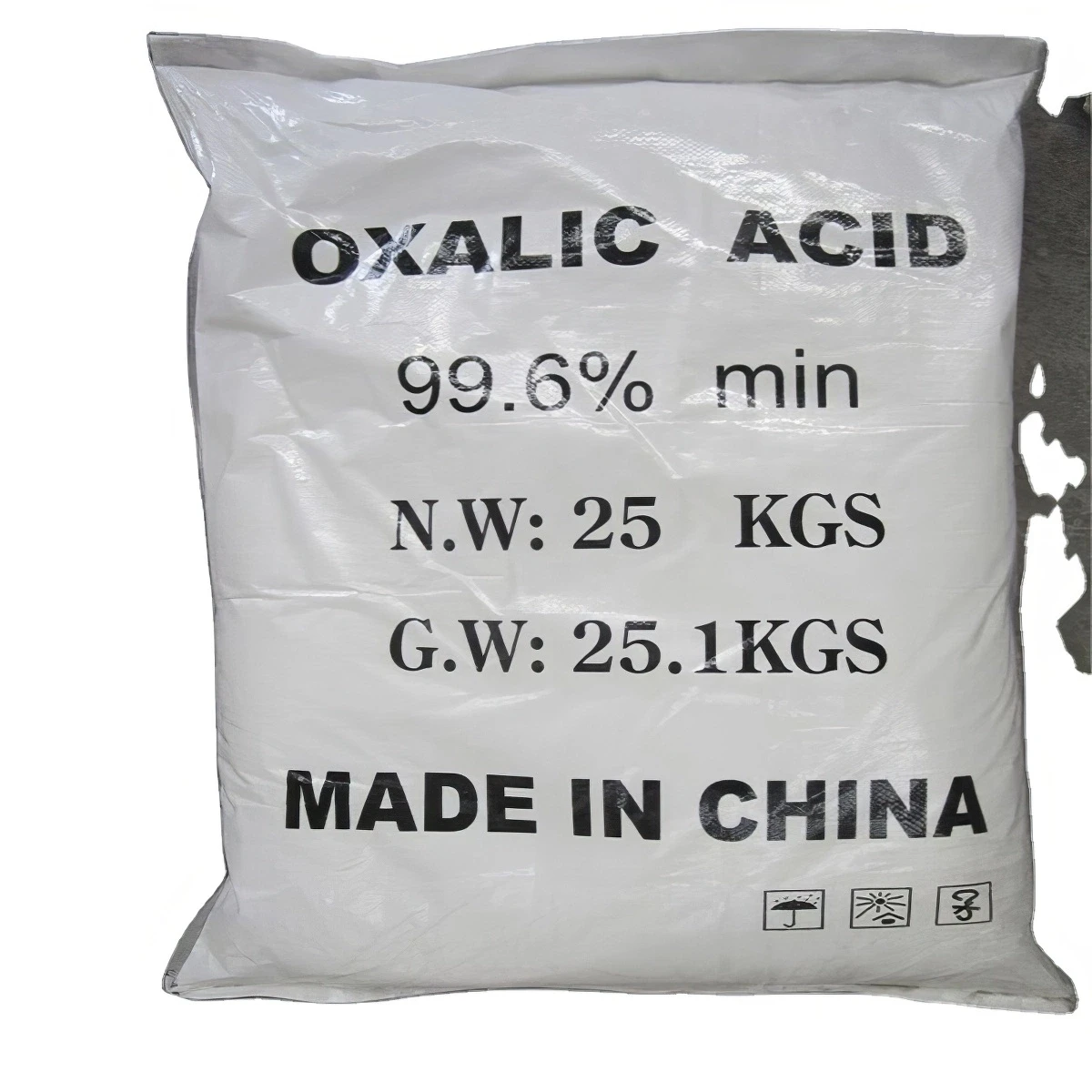



Exploring the Properties and Applications of Chlorite Acid in Chemical Reactions
Chlorite Acid An Overview of Its Properties and Applications
Chlorite acid, a chemical compound with the formula HClO2, is a powerful oxidizing agent that has gained significance in various industries due to its unique chemical properties and versatility. It is an oxoacid of chlorine where chlorine is in a +3 oxidation state. Although it is less common than other chlorine oxoacids such as hypochlorous acid (HClO) and chloric acid (HClO3), chlorite acid has its distinct applications, especially in disinfection and analytical chemistry.
Chemical Properties of Chlorite Acid
Chlorite acid is a colorless liquid that can be generated through the reaction of chlorine dioxide (ClO2) with water. It is unstable in its pure form and tends to decompose, often resulting in the formation of chlorine dioxide and chlorate ions. Its instability makes it challenging to store, which is why it is usually produced on-site for immediate use.
As a weak acid, chlorite acid dissociates in water, forming chlorite ions (ClO2^-). The acid-base equilibrium of HClO2 can be represented as follows
\[ \text{HClO}_2 \rightleftharpoons \text{H}^+ + \text{ClO}_2^- \]
Due to its oxidative properties, chlorite acid is capable of reacting with various organic and inorganic substances, making it a valuable tool in many applications. It can also undergo further reactions, such as oxidation to chlorate (HClO3) or reduction to chlorine dioxide.
Applications of Chlorite Acid
1. Disinfection One of the primary applications of chlorite acid is in water treatment and disinfection. It effectively kills bacteria, viruses, and algae, making it a suitable agent for purifying drinking water. Its stability when compared to chlorine makes it a preferred choice for prolonged disinfection processes.
chlorite acid

2. Analytical Chemistry Chlorite acid is often used in laboratories for analytical chemistry purposes. It can act as a reagent in various chemical reactions, especially in environmental analysis where it helps detect and quantify different types of pollutants in water and soil.
3. Bleaching Agent Due to its oxidative properties, chlorite acid is also employed in the textile and paper industries as a bleaching agent. It offers advantages over traditional bleaching methods, as it can provide a brighter product with a lower environmental impact.
4. Manufacture of Other Chemicals Chlorite acid serves as a precursor for the synthesis of chlorine dioxide. This compound is widely used in industrial applications, particularly in pulp bleaching and disinfection processes. The versatility of chlorite acid in producing other valuable chemicals highlights its importance in chemical manufacturing.
Safety and Handling
While chlorite acid has useful applications, it is essential to handle it with care due to its oxidative nature, which can pose health and environmental risks if not managed properly. It can cause irritation to the skin, eyes, and respiratory tract. Therefore, appropriate safety measures, including the use of personal protective equipment (PPE) and proper storage protocols, are critical when working with this compound.
Moreover, due to its instability, chlorite acid should be stored in a cool, well-ventilated area, away from incompatible substances such as strong acids and organic materials. Organizations utilizing chlorite acid should have proper training and safety protocols in place to minimize risks associated with its use.
Conclusion
Chlorite acid, while not as widely recognized as some of its chlorine counterparts, plays a crucial role in various industries, primarily in disinfection, analytical chemistry, and manufacturing processes. Understanding its chemical properties and potential applications can lead to more efficient and environmentally friendly practices in water treatment and chemical synthesis.
In summary, chlorite acid exemplifies the importance of harnessing chemical compounds effectively and safely. Its unique properties and versatility illustrate the crucial role of chemistry in enhancing our daily lives while also showcasing the need for responsible handling and application to protect human health and the environment. As research continues to explore the benefits of chlorite acid, it may open doors to new applications that further enhance its utility in industry and research.
-
Why Sodium Persulfate Is Everywhere NowNewsJul.07,2025
-
Why Polyacrylamide Is in High DemandNewsJul.07,2025
-
Understanding Paint Chemicals and Their ApplicationsNewsJul.07,2025
-
Smart Use Of Mining ChemicalsNewsJul.07,2025
-
Practical Uses of Potassium MonopersulfateNewsJul.07,2025
-
Agrochemicals In Real FarmingNewsJul.07,2025
-
Sodium Chlorite Hot UsesNewsJul.01,2025










